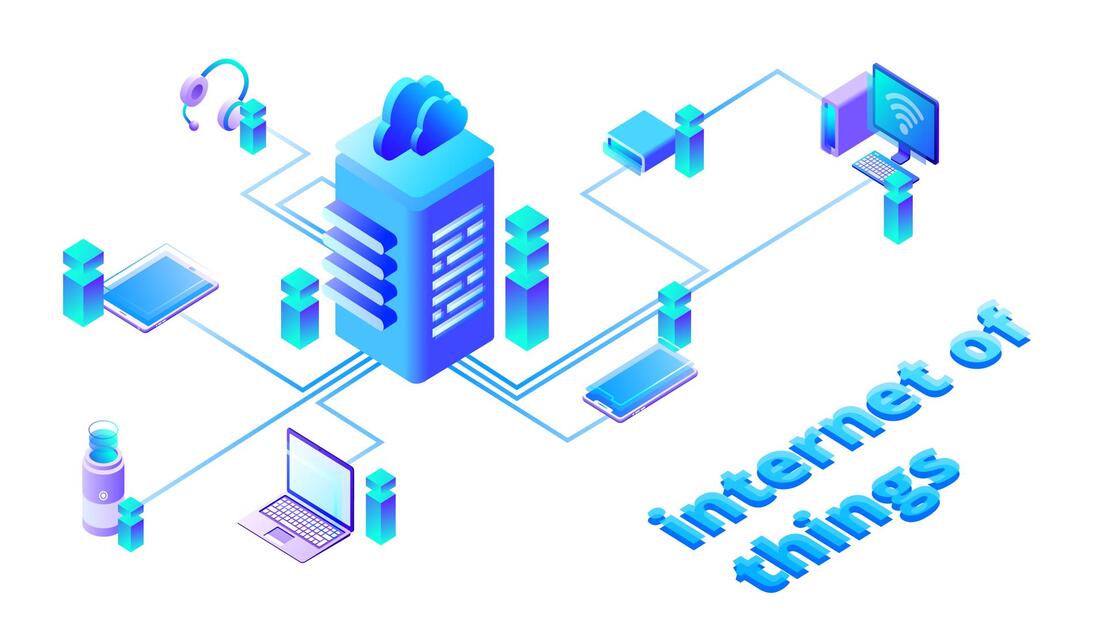|
Technology has changed our lives. We've seen various changes in the way we live because of technology - the way we communicate, the way we operate, the way we conduct business, the way we shop, etc. Combining the digital and physical worlds is an ideal approach to take the best out of both worlds and the Internet of Things (IoT) has proved to be a very good combination. But how did we reach to the development of this technology? What exactly is it? According to IBM IoT is the concept of connecting any device to the Internet and to any other connected device. "The IoT is a giant network of connected things and people – all of which collect and share data about the way they are used and about the environment around them." Devices and objects with built in sensors are connected to an IoT platform integrating data from the different devices and applies analytics to share the most valuable information with applications built to address specific needs. The information which has been picked up by the connected devices enables us to make smart decisions based on real-time data. In brief, Internet of Things allows people and things to be connected at anytime, anyplace, with anything and anyone, ideally using any path/network and any service. In his work 'A Survey on Internet of Things: Security and Privacy Issues' J. Sathish Kumar explains that the evolution of IoT started with the evolution of Internet first. In the late 1960s, communication between two computers was made possible through a computer network. In the early 1980s, the TCP/IP stack was introduced and then the commercial use of the Internet started in the late 1980s. In 1991 the World Wide Web (WWW) became available which made the Internet more popular. Then, mobile devices connected to the Internet shaped up the mobile Internet. With the emergence of social networking, users started to become connected together over the Internet. The next step in the IoTs is where objects around us will be able to connect to each other (e.g. machine to machine) and communicate via the Internet. IoT promises to create a world where smart objects around us are connected to the Internet and communicate with each other with minimum human intervention. Kumar also concludes that that ultimate goal is to create “a better world for human beings”, where objects around us know what we like, what we want, and what we need and act accordingly without explicit instructions. However, with all amazing benefits of Internet of Things and applications in many areas, the security of all this connectedness is of high importance as well as raises privacy concerns.
Internet of Things is a network of real world systems with real-time interactions. The security concerns lie within three levels: - front-end sensors and equipment - network - back-end of IT systems In terms of privacy, personal data must be treated in a way that it should go hand in hand with the intended purpose. Moreover, without explicit acceptance and the knowledge of the data owner, their personal data should not be disclosed or retained to third parties. It is essential to have the user’s permission and their awareness. At Knowledge, Innovation and Strategies Management Club, as part of the EU project - Internet of Things Security Nuggets (IoT Nuggets), co-funded by the European Union, together with our project partners from Bulgaria, Greece, Spain and Italy, we are developing a new methodology and framework with a model of digital competence for the Security of the Internet of Things (IoT) ecosystem including security and privacy to face the challenges that cybersecurity put in place. The IoT Nuggets project is targeting VET providers and trainers in the ICT field, software engineers and programmers who want and need to update their competences, skills, and knowledge in cyber security of the ecosystem of IoT. And, ICT entrepreneurs who have, want, and/or would like to start a business in the IoT field. To find out more about the project, read here. |
KISMC TeamBlog post by our team, innovation contributors, VIP members, blog guests, etc. Archives
January 2024
Categories
All
|
|
The Knowledge, Innovation and Strategies Management Club is a non-profit organisation set up in Sofia, Bulgaria in 2012 to foster knowledge and innovation management across South East Europe. KISMC is supporting the development of the innovation ecosystem in the region by bridging the gap between education, research and business.
|
© COPYRIGHT 2013- 2021. KISMC. ALL RIGHTS RESERVED.
|



 RSS Feed
RSS Feed